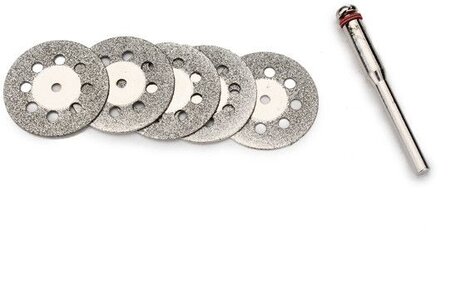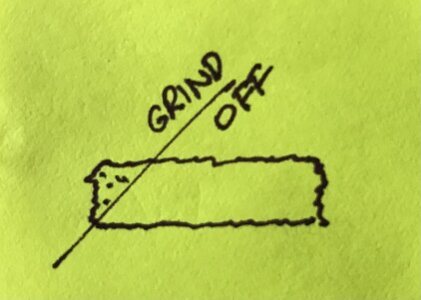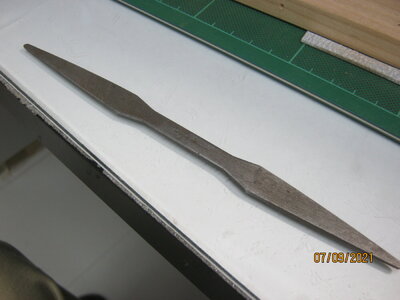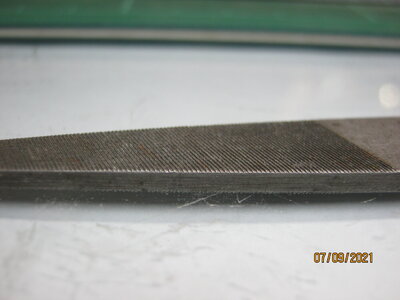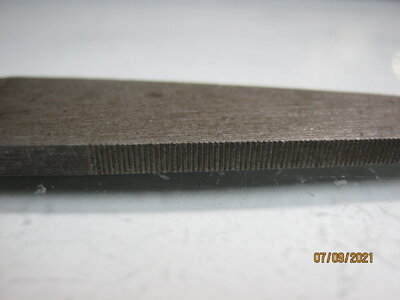Colleagues, Jimski asked to post here a link on making homemade milling cutters for a milling machine.
Here is the link: https://www.shipmodeling.ru/tooling/detail.php?ID=13534
Of course you need a Google translator.
Here is the link: https://www.shipmodeling.ru/tooling/detail.php?ID=13534
Of course you need a Google translator.




